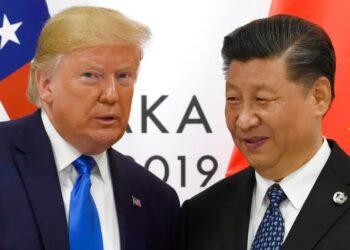September 06, 2019
The Majlis has again added language to the budget for the current year obligating the government to remove the richest 30 percent of the public from the welfare rolls.
This has been the goal since the system of cash welfare payments was created a decade ago. The original design called for the largest payments to go to the poorest 10 percent with declining payments for ascending 10 percent increments with no payments at all to the richest 30 percent. But the government has never been able to figure out how to do that, so the system was created in 2010 with equal payments to all.
The payment has been 445,000 rials per month to each individual. That was worth more than $40 a decade ago, but is a mere $3.40 at the current exchange rate of about 130,000 rials to the US dollar.
The Majlis is unlikely to raise the monthly dole to anything meaningful until the state can figure out how to stop paying wealthy people. The Rohani Administration took office with a plan to re-start the program with a new list, asking the well-off simply not to file the paperwork for welfare payments. Despite much publicity, including televised appeals from celebrities, 96 percent of the public signed on for the welfare payments.
The new language added to the budget draft was weak. First of all, it didn’t tell the government how to judge who was in the richest 30 percent category. It merely directed the government to “use all data banks at its disposal to identify and remove the three high-income deciles from the list.” But that’s what the Ahmadi-nejad and Rohani Administrations have both tried.
The Majlis further made the new law meaningless by declining to impose any deadline and merely directing it to “gradually” remove the rich from the list.
























